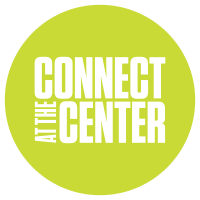Gloria Bornstein. 2002
East of Seattle Children’s Theatre
Gloria Bornstein based the concept of the Neototems Children's Garden on a Native American legend of whales swimming underground, connecting the salt water of Elliott Bay with the fresh water of Lake Union. The whale whose tail appears in the Children's Garden is part of a pod represented in Bornstein's first Seattle Center sculpture Neototems (1995) which features two large bronze whales located on the west side of the International Fountain.
The Neototems Children's Garden features a maze of paths through landscaped gardens leading to a bronze, five-foot tall baby whale tail fountain enhanced by water rolling over and cascading down the rounded lip of the tail, mimicking a breaching or surfacing whale. The gardens surrounding the central fountain figure provide a place of discovery for children, including a series of "tidal pool" sculptures featuring small bronzes of a seahorse, an octopus, a flying pig, a hermit crab, and a family of three blowfish.
Bornstein says, "On a simple level my work tells stories of a place, its people, its culture, land, and geology. On another level, I explore the thresholds between the public and the private. My work is also psychoanalytically based in that I chose the labyrinth design as a symbol of psychological challenge, where girl and boy heroes learn to explore, play and take risks on their journeys through life."
Neototem's Children's Garden was funded by Seattle Center 1% Percent for Art.

